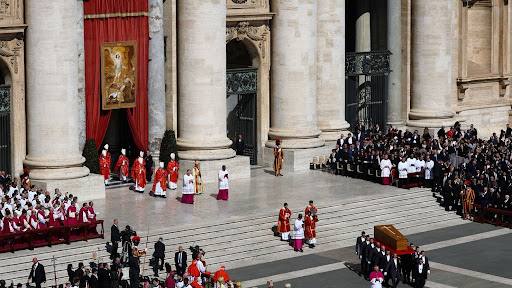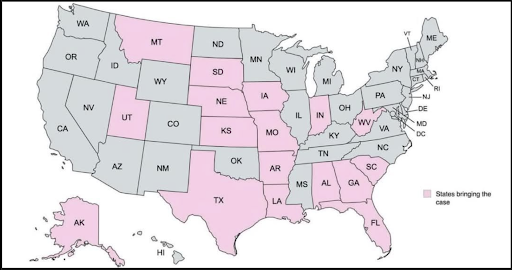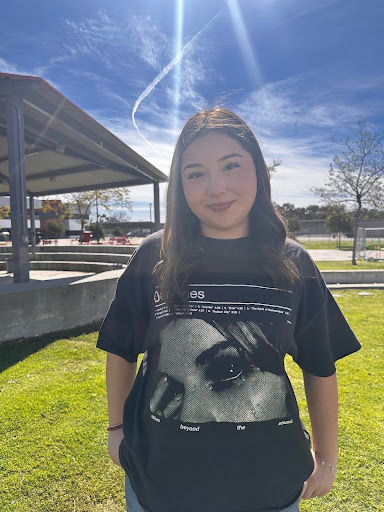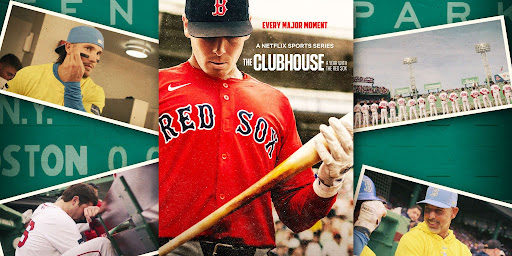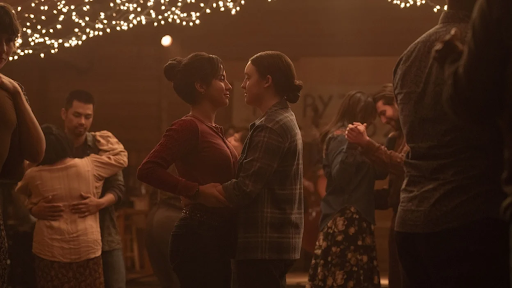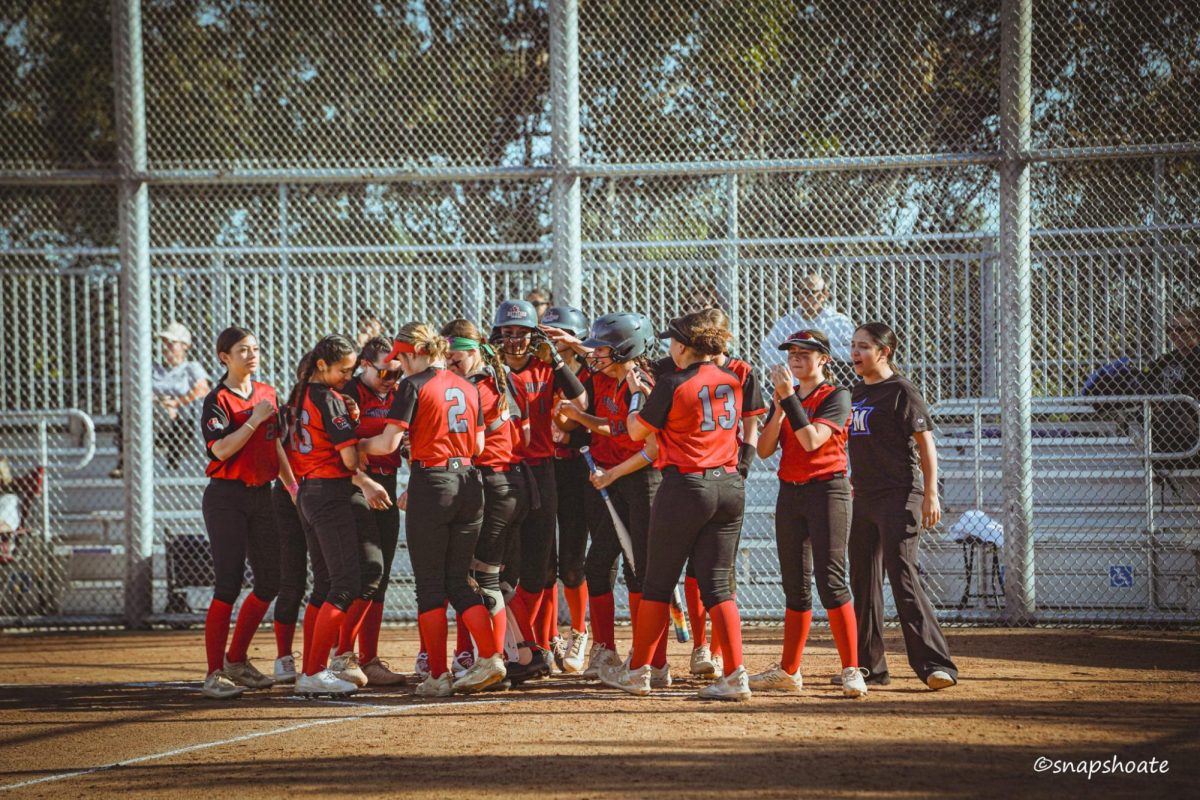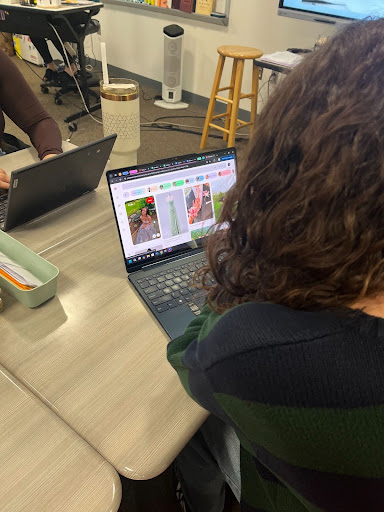“Take away the unnecessary, untidy, and intricate and you take away a place’s soul…”
Minimalism, a design style that emphasizes simplicity and the use of neutral tones and muted shades, has grown increasingly popular in recent years. It seeks to strip away unnecessary elements, leaving only essential, functional components.
“Lowercase m” minimalism refers to a broader concept than just this art movement, encompassing various aspects of life from home decor to brand logos.

While this aesthetic can be visually pleasing for some, there has been growing backlash on social media against remodeling character-rich homes into minimalist spaces, especially on platforms like Instagram, where examples of grand, historically unique homes being transformed into stark, uniform spaces abound.
Although style can be a valid individual choice, its rise as a social default threatens creativity and vibrancy in our everyday environments, turning a simple trend into a larger cultural shift.
When minimalism becomes the default, personal expression in design is stifled. Historically beautiful homes, such as Victorian or mid-century styles, are often stripped of their character, reduced to bland, uniform shells.
The issue isn’t only about taste, but about identity.
Think of detail as an identity; Some things, while hardly being thought of as “beautiful”, at least have some character. Everyday objects like intricate doorbells, ornate bridges, or detailed moldings that once told stories or reflected local culture are being erased in favor of plain, forgettable alternatives.
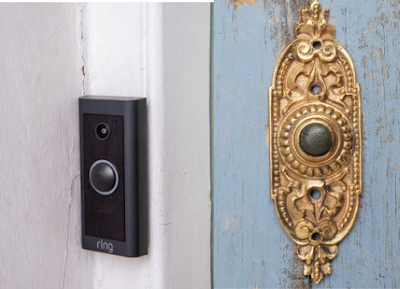
When design details are lost, a place’s soul is, too. The trend reflects not just an aesthetic shift but a societal one, where uniformity often trumps individuality.
There is beauty in chaos and intricacy, and design stripped of its layers may foster an uninspiring, emotionally flat environment.
I find that minimalist environments can lead to feelings of emptiness and a lack of inspiration. Bright, vibrant colors are associated with feelings of joy and happiness, while minimalist, gray-toned spaces can contribute to a decrease in creativity and enthusiasm. The monotony of these environments can induce a sense of lifelessness, as the absence of variety dulls emotional response.
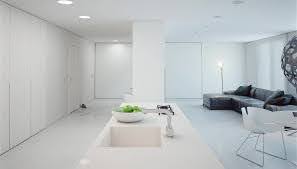
Many claim that their life drastically improved due to minimalism in terms of finance and overall happiness; they say everyone should just give it a chance. However, not everyone can afford this lifestyle. While minimalism is framed as a philosophy of simplicity, it often comes with hidden costs that make it more accessible to the wealthy.
The pursuit of a minimalist lifestyle frequently requires resources, time, and flexibility that are not available to everyone. What appears as simplicity can, in fact, be a luxury that only certain socioeconomic groups can afford, making minimalism a paradox: a lifestyle of “less” that, in many ways, requires “more.” These people have less items, but they are of higher quality. If you look around, many rich people carry around less stuff than poor or middle class people.
Brett and Kate McKay put this point beautifully in their article, saying, “…My backpack has my three-year-old laptop…the battery doesn’t last long and I also carry my power supply, my paper and pens, a cable to charge my old phone… a book in case I get bored. If I were rich, I would carry a MacBook Air, an iPad mini as a reader, and my wallet…Go out on the street and look, and I bet you’ll see that the richer people are carrying less.”
When minimalism is constantly being promoted to everyone, many may feel inferior or shamed because they can’t afford this lifestyle that claims to be extremely beneficial to “mental health” and “the environment.”
It is important to acknowledge that minimalism can be a valid and intentional aesthetic choice for some. It offers simplicity, clarity, and a sense of calm that can be refreshing in an increasingly chaotic world. The problem only arises when minimalism becomes the dominant, socially accepted norm, marginalizing other design styles and suppressing creativity.
When people feel pressured to conform to a minimalist ideal, design becomes less about personal expression and more about adherence to a trend.
Supporters of minimalism also often point to its practicality. Intricate, bold designs can be expensive and are sometimes viewed as excessive. For those seeking affordable yet stylish spaces, minimalism offers a solution.
However, the notion that practicality must sacrifice creativity is misleading. It’s entirely possible to balance functionality and personal expression by incorporating vibrant colors, textures, and culturally significant elements into spaces without breaking the bank.
Simplicity doesn’t have to be synonymous with uniformity.
The widespread adoption of minimalism reflects a broader cultural shift toward homogeneity and conformity. Most trends today aim to make everyone look the same and fit in, and minimalism is no exception to this. While individualism has long been a cornerstone of cultural identity, the current trend toward neutral, minimalist design suggests a de-emphasis on uniqueness.
In many cultures, color and ornamentation are integral parts of cultural heritage, representing stories, emotions, and identities. The growing popularity of this minimalist aesthetic often coincides with a broader trend towards consumer-driven uniformity, which places simplicity and restraint above the complexity and richness of personal and cultural expression.
Minimalism’s rise as a social default poses troubling implications for creativity, individuality, and cultural diversity. While it can offer benefits like simplicity and calm, minimalism should be one of many design choices, not the only one.
The challenge is to strike a balance between practicality and individuality in our living spaces. We should celebrate unique, vibrant designs that reflect the complexity of our personal stories, rather than adhering to the constraints of “lowercase m” minimalism.

